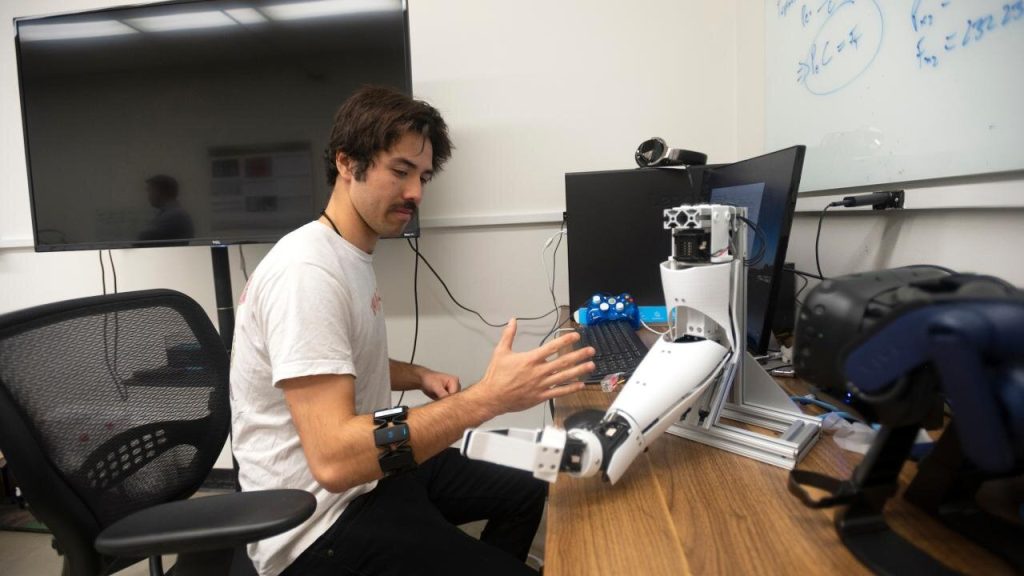In a recent study from the University of California, Davis, researchers have found that combining two types of signals could lead to better prosthetic limbs that mimic natural movements. Published in PLOS One, the study shows that using a combination of electromyography and force myography is more accurate in predicting hand movements compared to using either method alone.
Hand movements like gripping and pinching are controlled by muscles in our forearm, generating electrical signals that can be detected on the skin through electromyography. However, the challenge arises when these measurements change based on the position and load of the limb.
To address this issue, graduate student Peyton Young and professor Jonathon Schofield developed a technique using force myography (FMG) sensors alongside electromyography (EMG). By combining these measurements, they achieved over 97% accuracy in classifying different hand gestures, a significant improvement compared to using either method alone.
This innovative approach has potential applications in prosthetics, robotics, and even virtual reality tools. Young is currently working on integrating both FMG and EMG sensors into an experimental prosthetic limb, showcasing the promising future of this technology. The team’s collaboration with clinical experts, surgeons, and biologists at UC Davis has been crucial in advancing this research.
For more details, you can read the full study published in PLOS One by Peyton R. Young et al. with the DOI: 10.1371/journal.pone.0321319.


